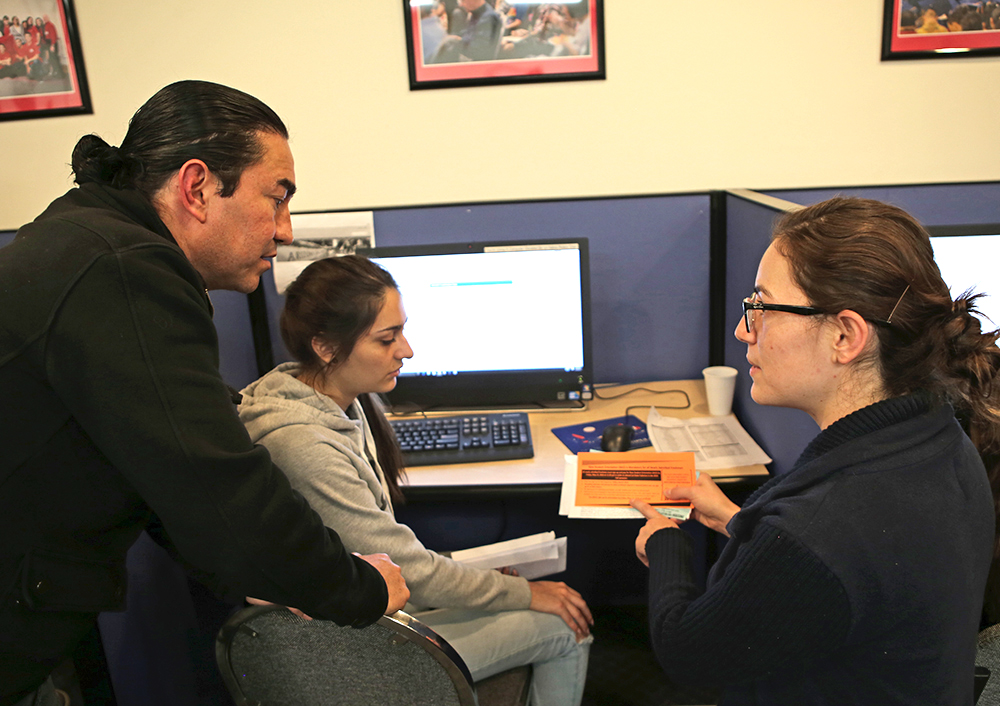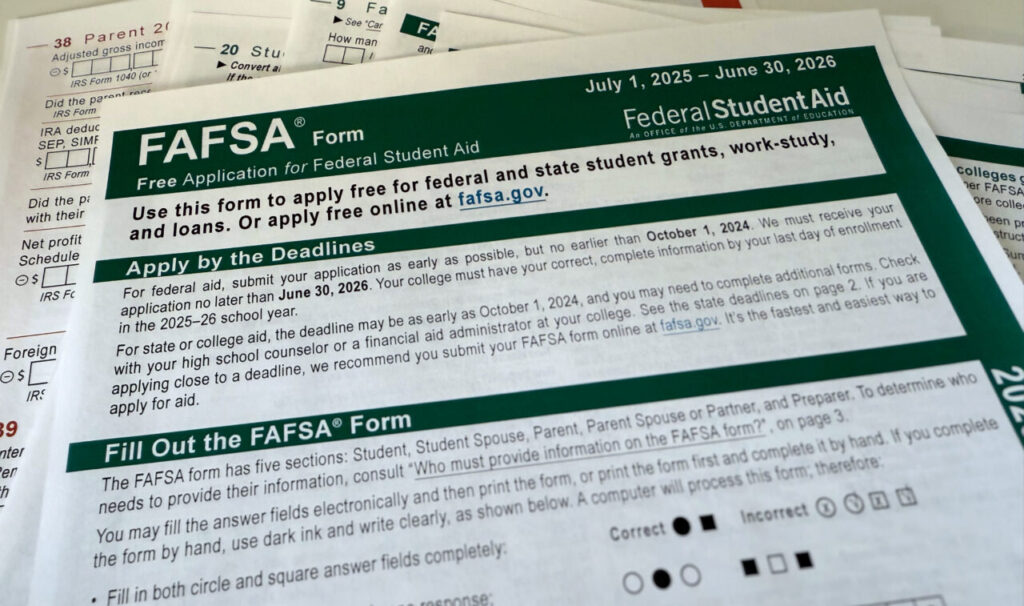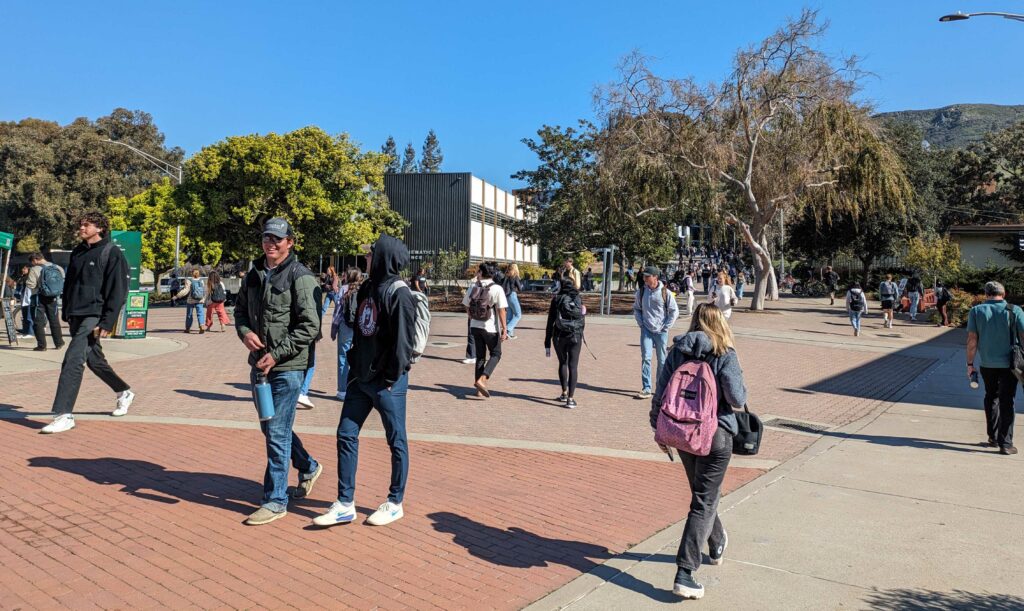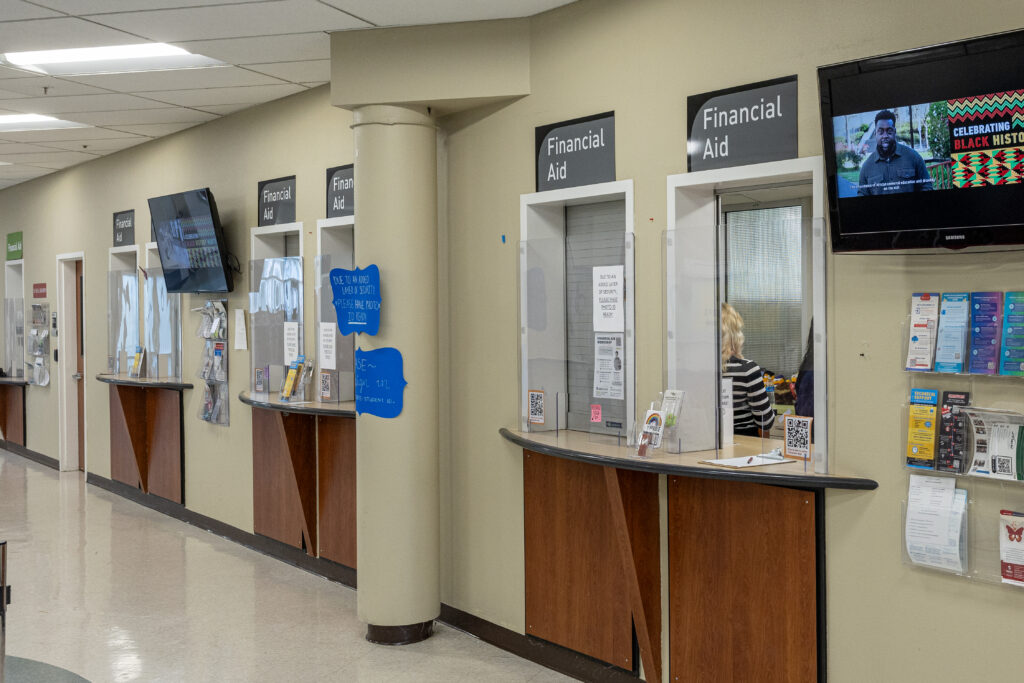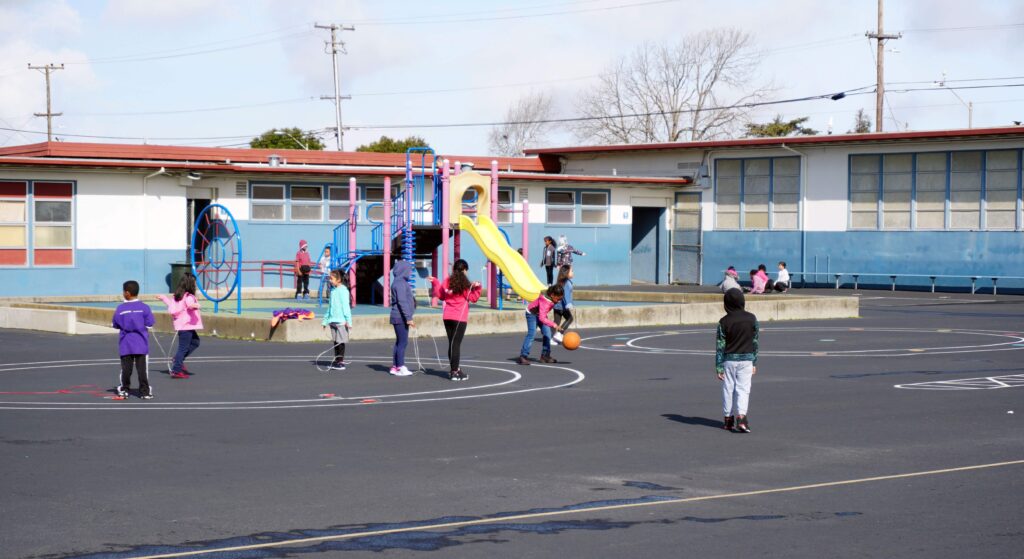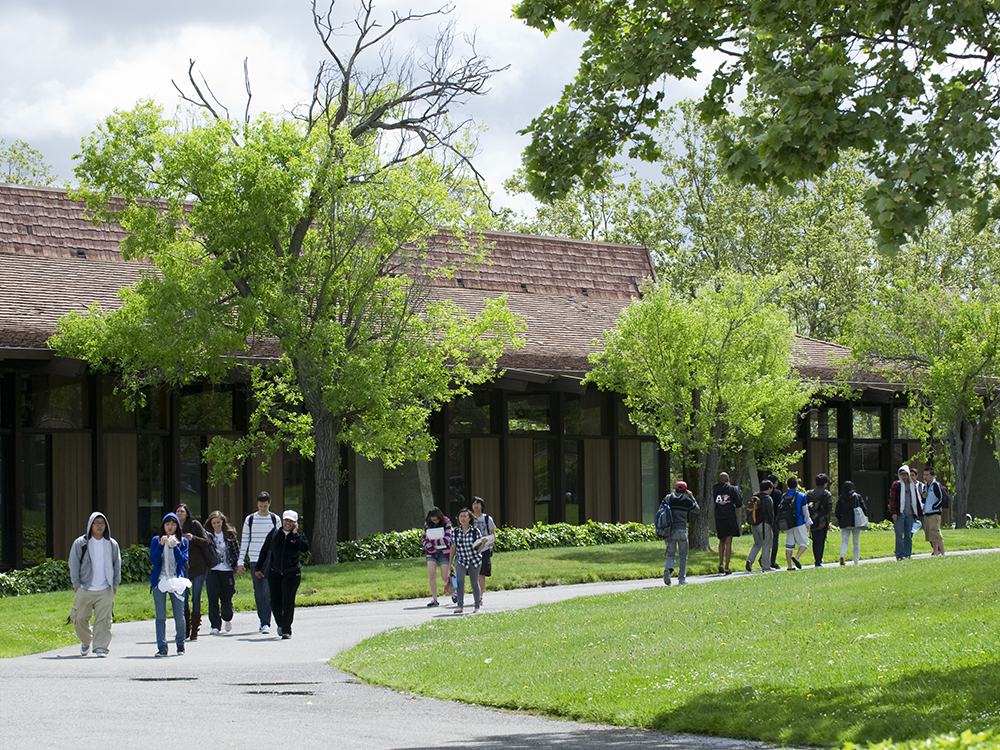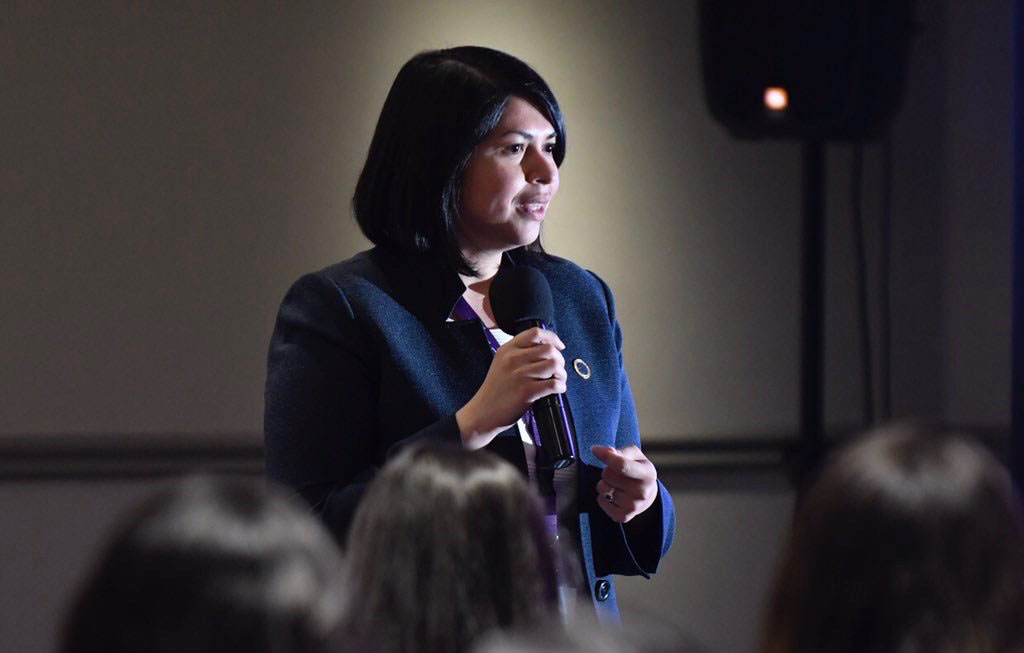Cybercharters have a terrible track record. They have registered many financial scandals. Some of their leaders have gone to jail for embezzlement and fraud. The biggest fraud in the nation was perpetrated by a cybercharter chain in California that collected $80-200 million from the state without providing the services that were advertised. The biggest academic evaluation of cybercharters concluded that their students don’t gain ground; in fact, they lose ground compared to their peers in public schools or in brick-and-mortar charter schools.
Pennsylvania is the jackpot for online charter operators. The rules are minimal as is accountability for results.
Here is the latest, by Oliver Morrison at PennLive.com:
Commonwealth Charter Academy, Pa’s largest cyber charter school, has stopped providing detailed financial statements to the school’s board of trustees for their monthly board meetings, ending a transparency policy that has been in place at the school for more than a decade.
Those reports have typically included detailed information about hundreds of specific transactions, including the names of individual businesses and the amount of money spent the previous month. CCA previously provided these financial statements upon request to members of the public who attended its board meetings, along with the trustees.
The reports will still be available to board members but the public will now have to file a records request for the reports, according to Tim Eller, a spokesperson for CCA. Eller said the change was made to enhance the school’s cybersecurity.
During the board’s Wednesday meeting, Faith Russo, the school’s chief business officer, announced CCA was providing the board with a new report that would be more limited in scope.
“So this basically summarizes the information that we have already previously provided to you,” Russo said.
The new report includes only seven lines of detail about the total amount spent for payroll, general fund cash disbursements, employee retirement, employer paid health insurance, total capital project disbursements, general fund cash transfers and capital fund cash transfers.
In June, by contrast, CCA provided details of more than 1,000 individual financial transactions. The report provided the check number, the names of the vendors, the date of the purchases and the amount of the transactions. The largest single recipients of payments in June were Phillips Managed Support Services, $3.1 million, and Quandel Construction, $1.7 million. Although many of the transactions were for thousands of dollars, some of the transactions were for small amounts, such as a $46 payment to a fertilizer company and a $70 payment to an IT security company.
The detailed report redacted the names of around 130 parents of students who receive $550 per month to serve as “family mentors.” Family mentors serve as a personal concierge to help new students adapt to CCA in their first year. The report also redacted the names of dozens of parents who received a $300 reimbursement for students who participated in extracurricular activities.
Eller, CCA’s spokesperson, said the school has received malicious phishing attempts from scammers who have impersonated vendors that are listed on the school’s detailed financial reports. The financials reports will now be made available to board members on a more secure platform, Eller said.
“This change enhances cybersecurity and safeguards the school’s sensitive financial information against potential cyber and financial threats,” Eller said.
The reports will no longer be available to the public at the start of each board meeting, Eller said, because the school needs more time to redact the reports than it did in years past because the school has grown so large and its financial reports more complicated. Eller doesn’t believe the school has ever made a mistake in redacting its previous reports but said the school will need more time to do this in the future.
The detailed financial reports in the board packets also previously included information about large fund transfers between the school’s bank accounts. In June the school made 17 transfers of more than $23 million between its various general fund and capital accounts. For August, CCA only listed the total amount transferred. This change comes in the first full board meeting after PennLive reported that CCA’s CEO, Tom Longenecker, received more than $700,000 in compensation for serving as a director of CCA’s primary bank–Orrstown Bank, which earns money off of CCA’s deposits.
The decreased transparency comes as lawmakers in Harrisburg have been debating changes to how cyber charter schools are regulated. The Democratically controlled House passed a number of reforms in June including the establishment of a special council that would help set transparency requirements for cyber charter schools. The House’s reforms have yet to be taken up by the Republican-controlled Senate and it’s unclear if any reforms are part of the active budget negotiations.
Russo said during Wednesday’s meeting that CCA will still provide its trustees with a copy of the detailed financial report but not as part of the packet it makes readily available to the public.
“The detail has been provided to the board prior to this meeting,” Russo said. “So you still received the laundry list of all the disbursements, but this is a more summarized version for the board packet.”
When PennLive requested a copy of the detailed report that was provided to trustees before the meetings, CCA’s board secretary said PennLive would now have to seek the information through a public records request, a process that often takes a month or longer. PennLive filed a public records request for the information immediately but did not receive the records before publication.
The school’s detailed financial report has been provided in board packets since at least December of 2013–the oldest board packet in PennLive’s possession.
Susan Spicka, the executive director of Education Voters of PA, has used CCA’s detailed financial records in the past to raise questions about the school’s spending practices.
“This illustrates how Harrisburg allows cyber charter schools to play by their own rules,” Spicka said. “The time is now for Senate Republicans to step up and demand accountability from the cyber charter industry. They have a responsibility to ensure that all public schools are transparent in how they spend Pennsylvanians’ property tax dollars.”

